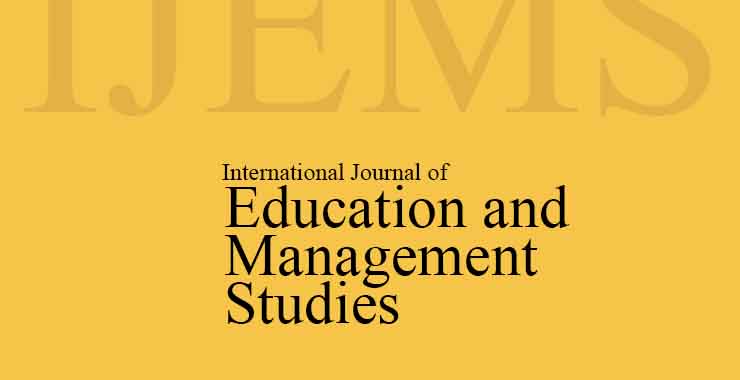Gender Role and Participation in Agricultural Operations
Original price was: ₹ 201.00.₹ 200.00Current price is: ₹ 200.00.
Page: 46-51
Anju1, Rajesh Dahiya2, Manjeet3, and Reetu Devi4 (Department of Extension Education and Communication Managment, CCS HAU Hisar, Haryana1,2, Department of Agronomy, CCS HAU Hisar, Haryana3, and Department of Human Development and Family Studies, CCS, HAU Hisar, Haryana4)
Description
Page: 46-51
Anju1, Rajesh Dahiya2, Manjeet3, and Reetu Devi4 (Department of Extension Education and Communication Managment, CCS HAU Hisar, Haryana1,2, Department of Agronomy, CCS HAU Hisar, Haryana3, and Department of Human Development and Family Studies, CCS, HAU Hisar, Haryana4)
Gender disparities and inequality become more pronounced as people age, with varying repercussions. Women put in more hours at work than men do when it comes to workload volume. They undertake household responsibilities in addition to sharing societal responsibilities and engaging in agriculture. The core of the Indian economy is agriculture. Since agriculture is the primary industry in rural areas, both men and women engage in agricultural work for financial gain. The Present study was conducted in the Hisar district of Haryana state in randomly selected two blocks. Total of 180 rural households (i.e., 60 from each small, medium & large land holding category) were taken as sample for the present study. Out of 13 agricultural activities field preparation, irrigation, plant protection and marketing were done by 100% of the male members where as harvesting 11.5%, 48.3% and 28.3% was done by women in small, medium and large land holding categories. Whereas picking of cotton, fruit and vegetables was done by the majority of the male and females irrespective of category. It was heartening to note that all marketing and income generating activities were done by male members in all categories. In decision making the majority of the male members were taking decision in sowing and transplanting (66.7%), weeding (66%), harvesting (68.1%) in the small 100%in medium category and 36.6%, 53.3% and 63.3% in large land holding categories whereas decisions regarding marketing of grains/vegetables and whole sale products were done by male members in all land holding categories.

